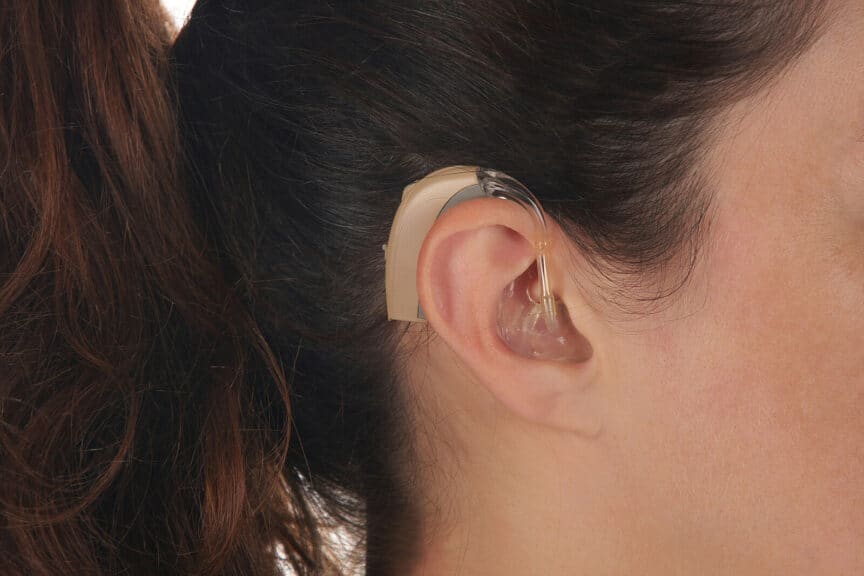The journey of adapting to hearing aids is a transformative experience that extends beyond the device itself. As a hearing professional, my commitment is not only to diagnose and manage hearing loss but to guide individuals through the emotional and practical aspects of integrating hearing aids into their lives. In this article, we will explore the common stages individuals undergo when adapting to hearing aids, incorporating the latest advancements in hearing loss prevention, diagnosis, and management. Additionally, we will delve into recent research, potential futuristic interventions, and underscore the crucial role of early detection.
The Emotional Landscape
Adapting to hearing aids is a unique journey for each individual, marked by emotional highs and lows. The initial realization of hearing loss often evokes a range of emotions, from denial to acceptance. As a hearing professional, it is essential to approach these emotions with empathy and understanding. Providing a supportive environment is the first step in empowering individuals to take charge of their hearing health.
Recent research has highlighted the emotional impact of hearing loss, emphasizing the need for holistic care. Beyond the audiological aspect, addressing the psychological and social consequences is paramount. Collaborating with mental health professionals can enhance the overall well-being of individuals navigating the emotional complexities of hearing loss adaptation.
Early Detection and Intervention
One of the cornerstones of effective hearing loss management is early detection. Recent advancements in screening technologies have streamlined the diagnosis process, enabling earlier intervention and improved outcomes. Audiologists now have access to innovative tools that can identify subtle changes in hearing function, allowing for proactive measures to be taken.
Early detection not only facilitates timely intervention but also opens the door to a variety of management options. From personalized hearing aid fittings to counseling sessions, a comprehensive approach is crucial. Engaging individuals in discussions about their specific needs and expectations fosters a collaborative relationship and sets the stage for successful adaptation.
The Role of Futuristic Interventions
As technology continues to advance, the landscape of hearing loss management is evolving rapidly. Futuristic interventions hold the promise of further enhancing the adaptability of individuals to hearing aids. One such area of exploration is the integration of artificial intelligence (AI) into hearing devices. AI algorithms can adapt in real-time to an individual’s listening environment, providing a seamless and personalized auditory experience.
Another groundbreaking avenue is the development of cochlear implants with enhanced connectivity. These implants, equipped with advanced sensors, can interface with external devices, offering individuals greater control over their auditory environment. The potential for these futuristic interventions to revolutionize the adaptability of hearing aids is both exciting and encouraging for the future of hearing health.
Practical Strategies for Adaptation
While technological advancements play a crucial role, practical strategies are equally important in helping individuals adapt to hearing aids successfully. Patience and persistence are key during the initial stages of wearing hearing aids, as the brain adjusts to the newfound auditory input. Hearing professionals can provide valuable guidance on gradually increasing device usage, troubleshooting common issues, and setting realistic expectations.
Support groups and peer networks also play a significant role in the adaptation process. Sharing experiences with others who have undergone a similar journey fosters a sense of community and normalizes the challenges associated with wearing hearing aids. As a hearing professional, facilitating these connections can contribute to a more positive adaptation experience.
Conclusion
Adapting to hearing aids is a multifaceted journey that extends beyond the technical aspects of device usage. As a hearing professional, my commitment is to guide individuals through the emotional, practical, and technological dimensions of this transformation. Early detection, facilitated by cutting-edge screening technologies, is a crucial first step. The integration of futuristic interventions holds promise for further enhancing adaptability, ushering in a new era of personalized hearing health.
In conclusion, a compassionate and comprehensive approach to hearing loss management is essential. By acknowledging the emotional impact, leveraging early detection, embracing futuristic interventions, and providing practical strategies, we can empower individuals to navigate the journey of adapting to hearing aids with confidence and resilience. As the field continues to evolve, our commitment remains steadfast – ensuring that each individual’s experience with hearing aids is not just a technical adjustment but a holistic and empowering transformation.


